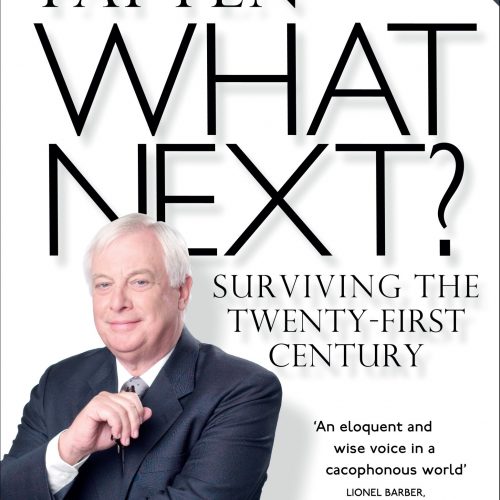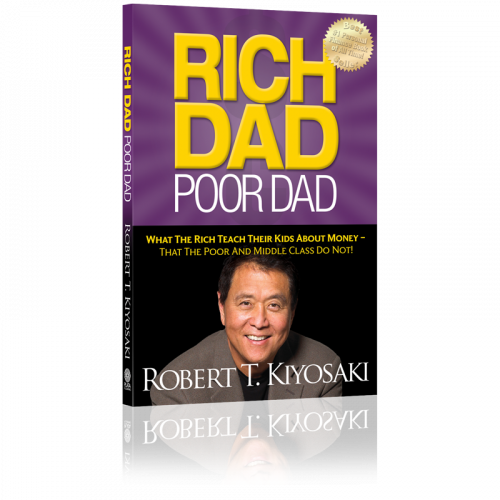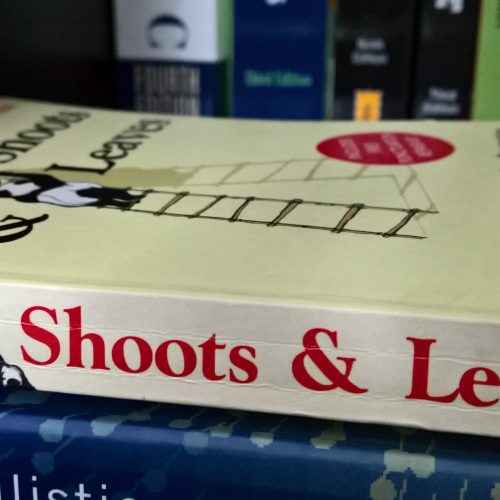City of Djinns by William Dalrymple
Every once in a while, one is lucky to read a book that strikes a personal chord. In my case City of Djinns does for a very simple reason. The start of William Dalrymple’s 11 months when he lived in Delhi which is the basis of his historic travelogue, City of Djinns, was September 1988, exactly the same year and month I moved to the city, of course to go on to live for a much longer time, but makes me relate in some measure to initial responses one would have to the city at the time.
To call his book a travelogue is unjust because in terms of its coverage of Delhi’s history and architecture, and its solid and reliable research, it far surpasses any contemporary book on Delhi.
Some of the layers into Delhi explored by the author that became evident to me are:
How the city under the different Mughal rulers transformed from a gentle city of poets and thinkers to a city of sycophants brought about because of the anarchy and cruelty of the majority of Mughal rulers. During his research if Dalrymple read an over-the-top account of ancient Delhi or its many perfections, he tells the reader that he reminded himself to take it with a pinch of salt because the account could very well have been written by an individual characterised by “sycophancy known to have been the pervasive vice of the ambitious Delhi-wallah”.
From Shah Jehan who because of mis-governance was overthrown along with his eldest son Dara by his despotic third son Auranzeb to Safdarjung who went on to be the richest and most powerful ruler during his time to the “blood-thirsty parricide” Muhammed bin Tughluk are some of the Mughal rulers Dalrymple explores in detail in his book. Belief in djinns became common during the time of the Mughal rulers and Sufis to this day believe in their existence.
The barbaric atrocities of Tughluk come to light in the book through the eyes of Ibn Battuta, the early 14th century traveller who first hand witnessed the horrors and hubris of the “tyrannical Sultan”. Daulatabad, about 700 miles from Delhi, is a city that the author makes a quick trip to during his time in Delhi in the late 80’s to see the decrepit and inconsequential city the crazy Sultan moved his capital to after he decided to destroy Delhi.
Half way through his stay in India, Dalrymple made an acquaintance with the historian Dr Yunus Jaffery of Zakir Hussain College who was able to raise the level of the author’s study and discovery. For instance it was Dr Jaffery who told the author about travel books by French and Italian author Bernier and Manucci that gave Dalrymple a much more realistic and gossipy account of Shah Jehan’s Delhi than did the Shah Jehan Nama chronicled by court sycophants.
The second layer that the author dwells on is that of the British influence on Delhi. The author’s attack of not just Edwin Lutyens character but also his work; his sympathy for the Anglo-Indians; his disdain for the British aristocracy and elite and yet his exploration as to how they lived their lives in India especially in Delhi during the early part of the British rule makes insightful reading.
Dalrymple quotes evidence to show that Lutyens was not just racial and contemptuous but also influenced in his building of Imperial Delhi by fascist Italy and Nazi Germany.
He says: In its monstrous, almost megalomaniac scale, in its perfect symmetry and arrogant presumption, there was a distant but distinct echo of something Fascist or even Nazi about the great acropolis of Imperial Delhi. Certainly it is far more beautiful than anything Hitler or Mussolini ever raised: Lutyens, after all, was a far , far greater architect than Albert Speer.
Interestingly, Charles Chaplin in his autobiography remembers of the great architect from their brief encounter when Lutyens was in fact building the government of Delhi, this: how cheerful Lutyens was because of his recent meeting with George V because he and his wife were extremely pleased with the “workable miniature toilet” Lutyens had just presented them.
Today, of course, racial remarks Lutyens made against Indians are well forgotten if even known, and the Delhi-wallah just sees Lutyens’ Delhi as the lotus in an otherwise shambled city.
An interesting and debatable Dalrymple view, as an Englishman, was that “as far as the modern Delhi-wallah was concerned, the Empire was ancient history, an age impossibly remote from our own”. If you ask the ordinary Delhi-ite they are still raving and ranting about the Colonial hangover certain inhabitants of our city suffer from.
Dalrymple, also by virtue of landing in Delhi just five years after the inhuman attacks on Sikhs, uncovers how the most amenable Hindus went violent on their Sikh neighbours after Indira Gandhi’s assassination and the tacit support rioters had from the police and the politicians to create mayhem during that week.
He describes through the words of the worst affected victims the gory scene at Trilokpuri in October 1984, where majority of the 2150 Sikhs had been killed, across the Jumna bridge, an area he says remains the “dumping ground for Delhi’s poor”. An area most Delhi-ites would not have heard of or been to until this book.
Lastly, Dalrymple in a very tongue-in-cheek and indirect manner explores the dynamics and idiosyncracies of the classes prevalent in Delhi society. He dwells the least on the elite and their inane babble. For the most part he notices the quirks of the middle class and the working poor.
I found the following an interesting comment by him: He says that despite the politically created rift between the Hindus and Muslims of Delhi, the”communal chasm is still far less marked than the gap separating the Old Delhi-wallah from the Punjabi immigrant”. As is evident from the contents of his book, which demographic he spent time with during the course of his 11 months of living in and discovering and researching Delhi becomes crystal clear.
Dalrymple has been relentless in his pursuit to get to the source and to see things with his own eyes which i believe has extended tremendous credibility to his book. In one instance he hops on to a flight to Karachi to meet one Ahmed Ali author of Twilight in Delhi, a book which Dalrymple found to be “an irreplaceable record of the vanished life and culture of pre-war Delhi”. Ali, the Old Delhi-wallah had to flee for Karachi from Delhi during partition. Towards the end of his stay in Delhi he makes a roadtrip to Ajmer where the till-now scholarly-author becomes more empathising with the believers especially when his wish of seeing “a dervish whirl” comes true.
The only history that’s missing, though the author did address it but just briefly at the end of book was, the influence of Hindu rulers on Delhi for many centuries. That period, before the Mughals who ruled for 500-600 years and the British who ruled India for 200 plus years, would be an additional layer to unravel and contextualise in a study of Delhi.





A very well written review on very well managed book which seems look like a literature but also consist deep historical background and i also wondered that why Dalrympal not given much focus on premughal history. can you give me some idea about the this puzzle?